Why is the printing on the bags of ammonium nitrate in English?
Maybe like in aviation, where English is international language?
Blessd Be,
OldArcher, GNIW
Why is the printing on the bags of ammonium nitrate in English?
Nah. Standard grain silo concrete. The sheer MASS of the grain protected the back 2 rows of silos while the front two were destroyed.

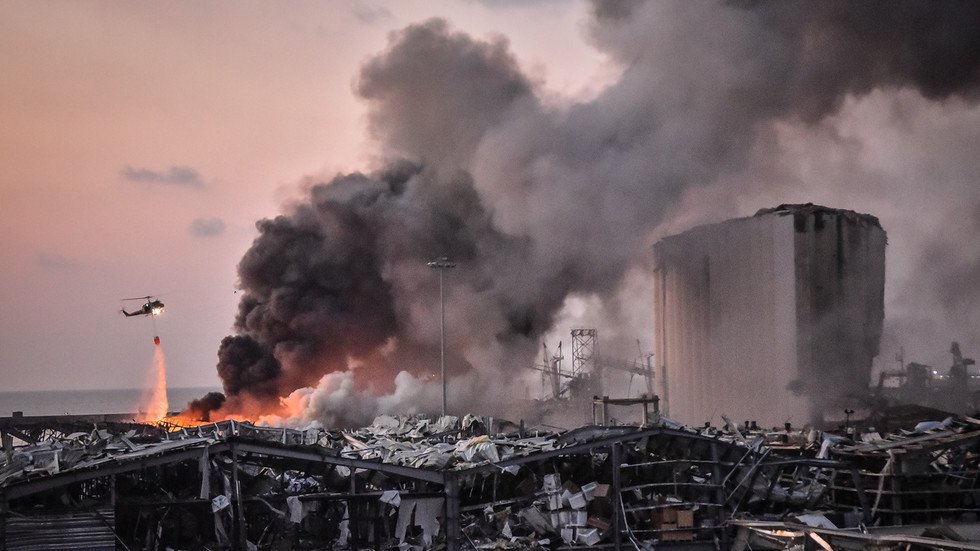
Someone earlier on the thread said that if there were Hezbollah rockets and munitions exploding, it could sound like jets.
‘External interference through rocket, bomb or other act’ possible cause of Beirut blast – Lebanon’s president
Lebanon’s president has not ruled out the possibility that a series of powerful explosions in the Port of Beirut were caused by a rocket or bomb. The authorities previously stated that the ammonium nitrate stash had detonated.
“The cause has not been determined yet. There is a possibility of external interference through a rocket or bomb or other act," Aoun said, as cited by local media.
Aoun said that the probe into the blast will check whether it was caused by “negligence or an accident,” or some type of external force.
The president promised that everyone responsible for the explosions will be held accountable.
On Tuesday, two massive explosions rocked Beirut, killing at least 135 people. The powerful shockwave caused war-like devastation across several city blocks around the port area, displacing over 300,000 residents.
Speculation immediately arose online that Lebanon’s neighbor Israel or militant group Hezbollah could have been behind the blasts. However, both Tel Aviv and Hezbollah quickly denied any involvement.
Initial reports suggested that the explosions were triggered by a blaze at a fireworks depot. Lebanon’s Prime Minister Hassan Diab later confirmed that around 2,750 tons of ammonium nitrate, a highly explosive substance used in fertilizer and bombs, had detonated at the port’s warehouse. The hazardous chemicals were confiscated from the Moldovan-flagged Russian-owned cargo ship MV Rhosus in 2014.

‘External interference through rocket, bomb or other act’ possible cause of Beirut blast – Lebanon’s president
Lebanon’s president has not ruled out the possibility that a series of powerful explosions in the Port of Beirut were caused by a rocket or bomb. The authorities previously stated that the ammonium nitrate stash had detonated.www.rt.com

Someone earlier on the thread said that if there were Hezbollah rockets and munitions exploding, it could sound like jets.
What do YOU think, Millwright? This old inquiring mind wants to know!
Bright Blessings,
OA, GNIW
Lebanon’s president has not ruled out the possibility that a series of powerful explosions in the Port of Beirut were caused by a rocket or bomb.
Also, even those video that purport to show a "missile" flying in, show a massive fire already underway when the purported missile suddenly strikes.The problem is there were absolutely no indications of flying ordnance. There were some sparkly bits in the fire before the big explosion, but when an ammo dump is burning there are normally rockets visibly flying out and rounds cooking off. When a major explosion goes off, whole artillery rounds will go for hundreds of yards at least. Rockets would be shooting off in all directions. There is none of that in any video either during the initial fire or after the big blast.
Maybe like in aviation, where English is international language?
Blessd Be,
OldArcher, GNIW

Thank you for the comparison!For comparison, here's an ammo dump explosion. :39
[video]]View: https://www.youtube.com/watch?v=NKJvcVM6jvE[/video]

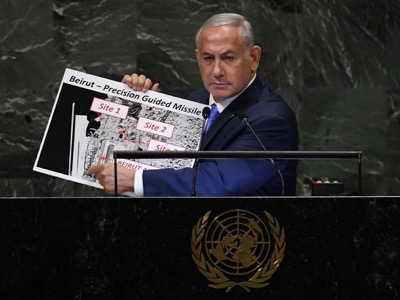
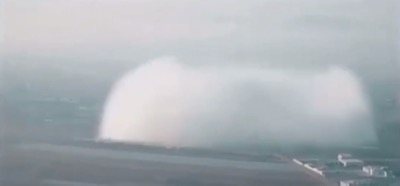
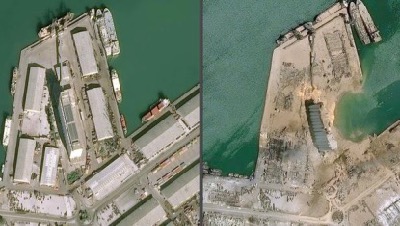
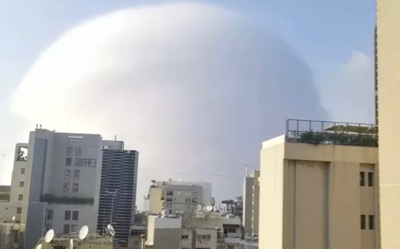
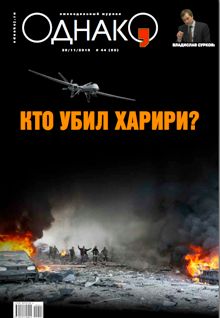
Yes, I posted it yesterday, but no matter. ^^^^^^^^^^^ It's a very important lesson.
Awesome explanation! I love my dead blow hammers. Snap-On has the head full of tiny lead shot. Don't ask me how I knowNah. Standard grain silo concrete. The sheer MASS of the grain protected the back 2 rows of silos while the front two were destroyed.
There was a LOT of mass in the front silos.
It was easier to break the front walls of concrete than to move the loose granular mass of grain. The concrete once it STARTED to fracture, the fracture perpetuates itself. Then the mass of grain soaks up a LOT of force moving it. It's sort of how a dead blow hammer works.
You have a hammer with sand inside it (or metal grains) and when you hit with it, it does not bounce because of the screwy way the grains inside handle the impact force. A solid item bounces, A sand-filled canister does not.
The smoke mushroom observed in Beirut has nothing to do with what would have been caused by a conventional explosive.
Inconveniently, it's not a smoke mushroom but a condensation cloud. That's why it vanishes as the shockwave passes.

That is freaking cool Millwright.

I've had people say in all seriousness that it was incredible photography to capture the plane at the exact moment it went through the sound barrier.
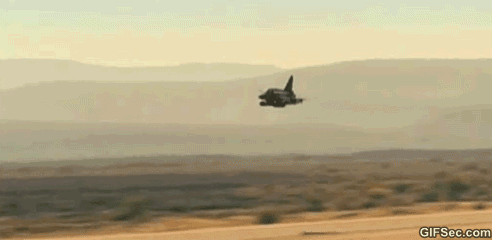
they banned it - breaking the sound barrier - cleaning up all this tensy tiny broken bits of sound was too labor intensiveI've had people say in all seriousness that it was incredible photography to capture the plane at the exact moment it went through the sound barrier.

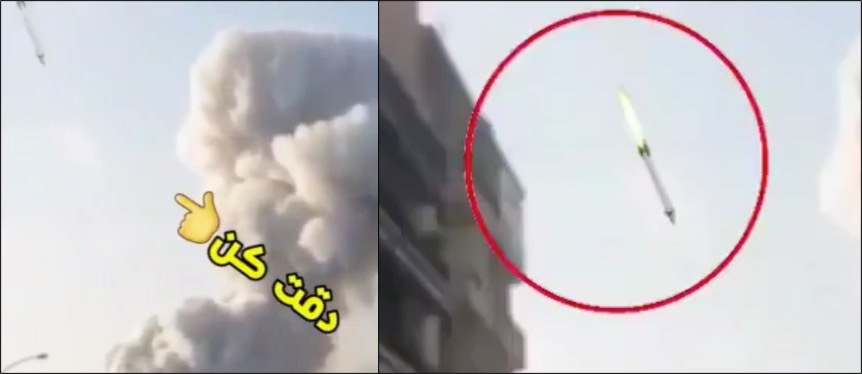
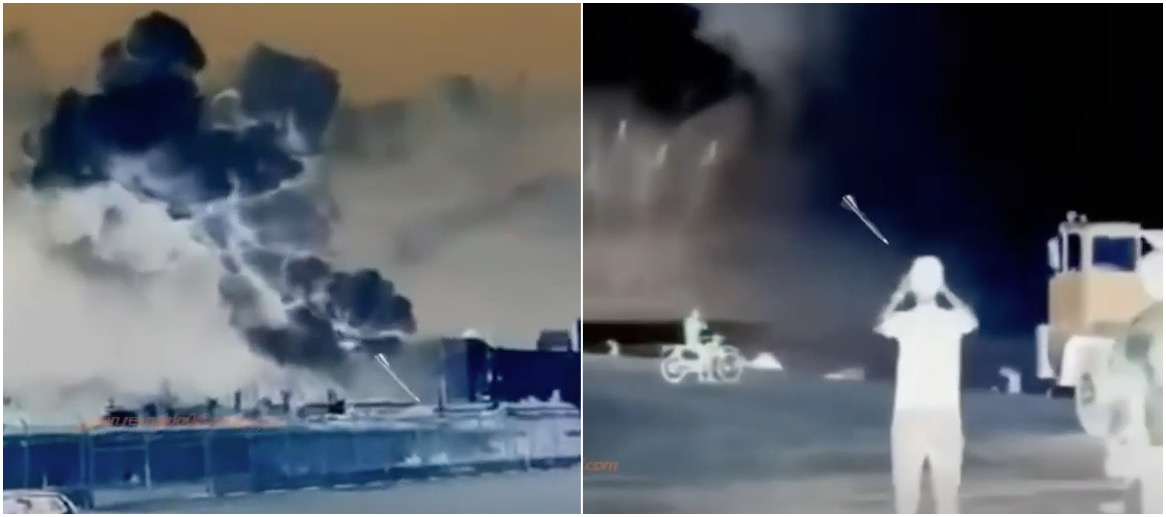

I don’t know if this was posted already, but here is an amazing HD video of the explosion.
Run time of the whole video is 9:38 but skip ahead to 7:30 to see the actual explosion
This is the same footage that samus79 shared, but it is slowed down:
View: https://www.youtube.com/watch?v=0tQ80Sj3QUs
View: https://www.youtube.com/watch?v=0tQ80Sj3QUs

I had asked. NO apology is necessary.Way back, someone asked how long it was burning before the explosion. Based on the lack of trailing smoke from the main smoke cloud, I guesstimated it had just started. That seems to have been an error induced by the perspective, with the trailing smoke blocked due to camera position. This video says it was burning for about an hour before the big blast. Mea culpa.
I don’t know if this was posted already, but here is an amazing HD video of the explosion.
Run time of the whole video is 9:38 but skip ahead to 7:30 to see the actual explosion
View: https://www.youtube.com/watch?v=hp-n-ghagok&feature=emb_title
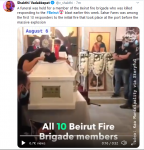
I also recall the DoD used an AN filled water tower to simulate a tactical nuke at White Sands IIRC.
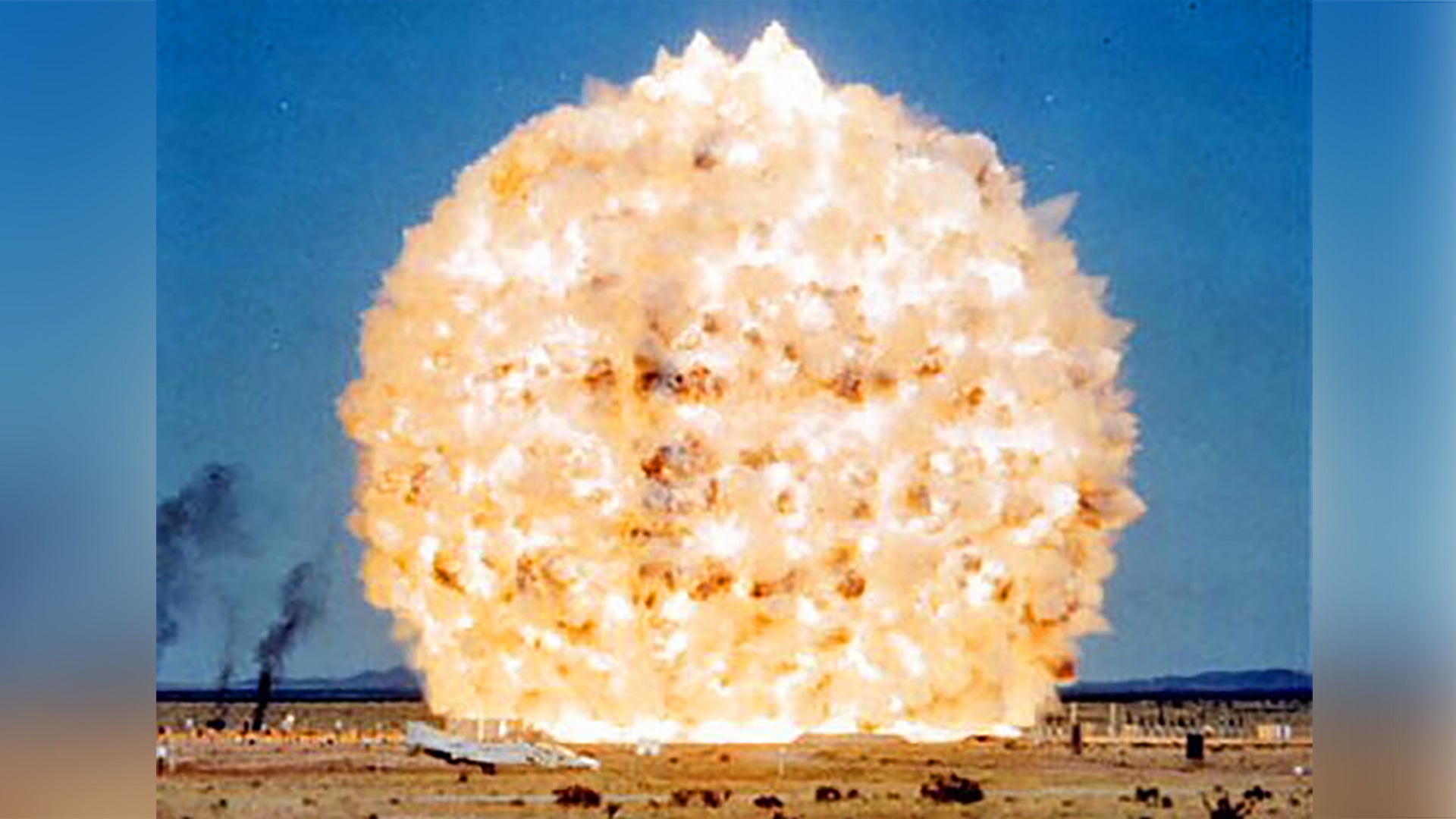
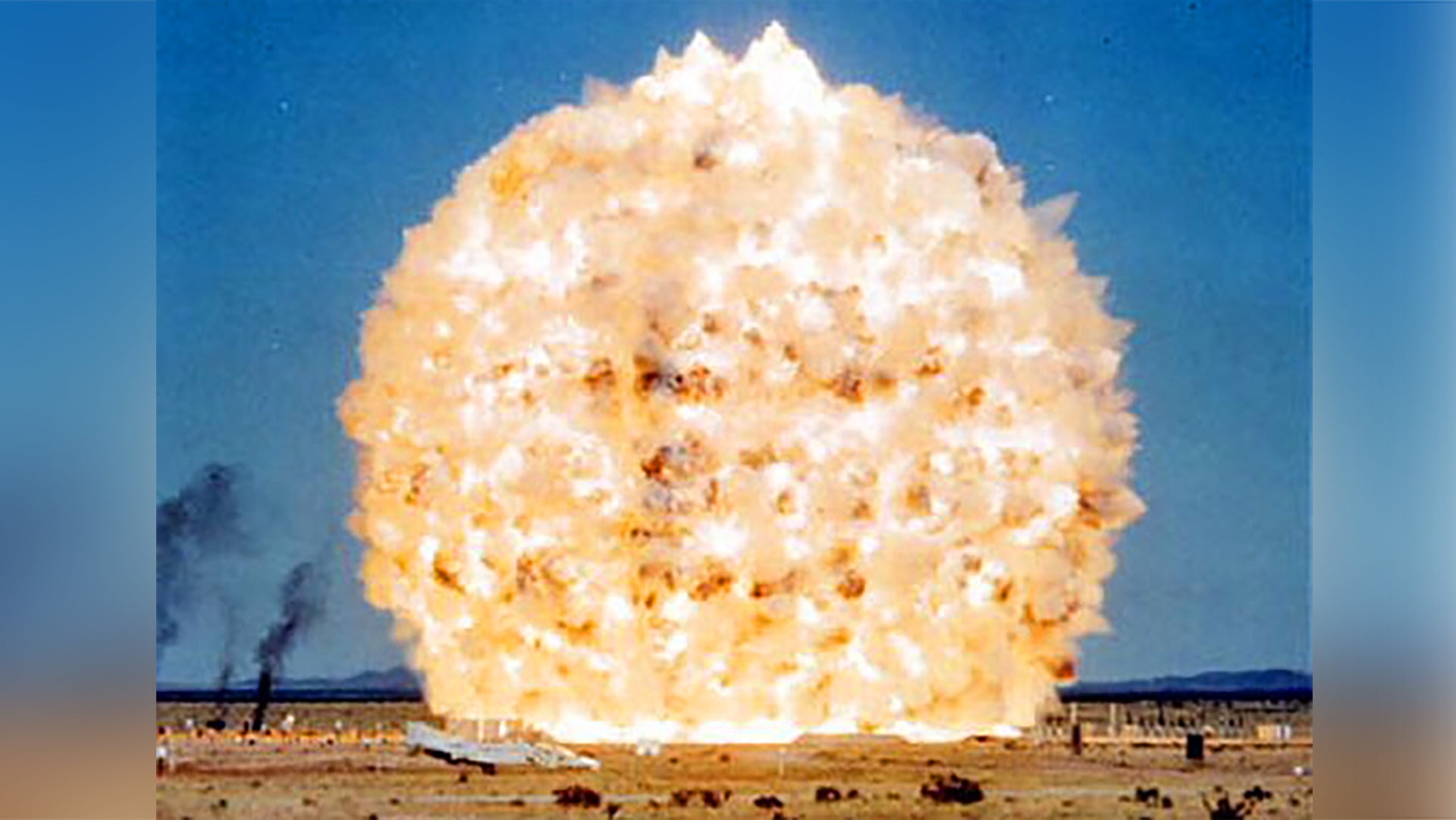
The Defense Nuclear Agency (DNA), which eventually morphed into the present-day Defense Threat Reduction Agency (DTRA), conducted Minor Scale to gather data on how a nuclear explosion might affect various pieces of military hardware, including the Hard Mobile Launchers for the then-in-development MGM-134A Midgetman intercontinental ballistic missile.If so, Beirut explosion was about 58 percent as powerful as largest chemical explosion conducted by the United States: the Minor Scale detonation of 4,744 tons of explosives/fuel conducted in 1985. More details on chemical explosions here: the nuclear information project: Divine Strake 2006#BeirutBlast https://t.co/Ba0vxNGtEp pic.twitter.com/9RdgvKKtq0
— Hans Kristensen (@nukestrat) August 5, 2020
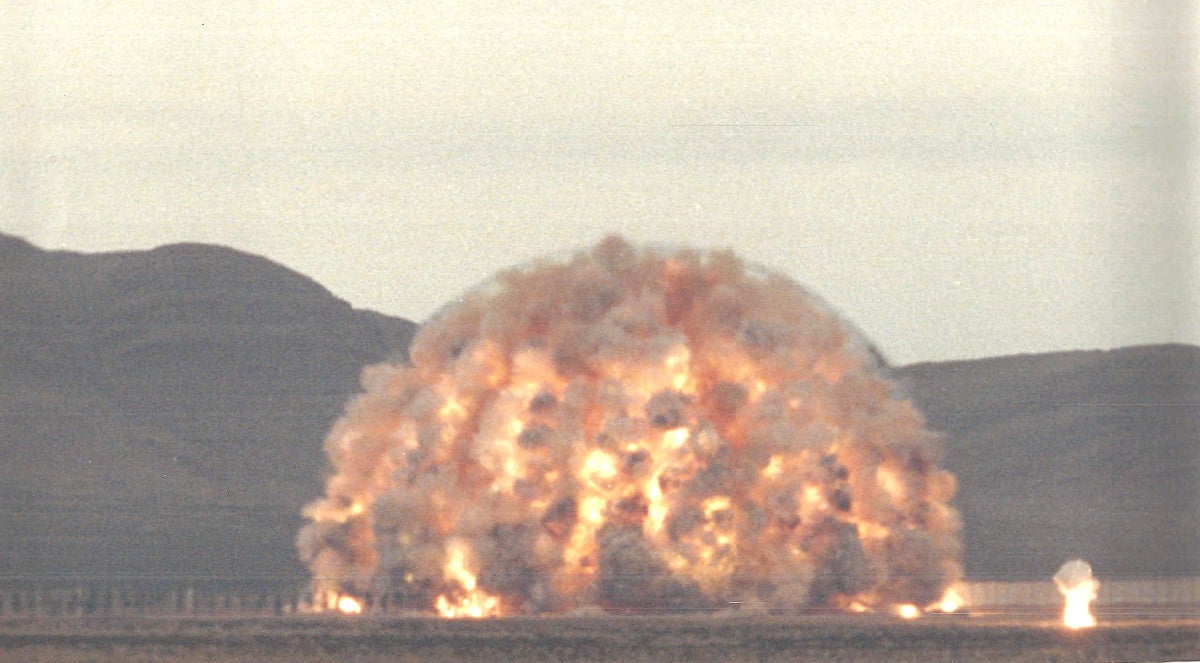
The Intel Crab Retweeted
Fuat
@lilygrutcher
·
1h
Lebanese pro-Hezbollah president Aoun rejects calls for international investigation of Beirut blast.
“Nothing to see here, move along!”Lebanese pro-Hezbollah president Aoun rejects calls for international investigation of Beirut blast.
